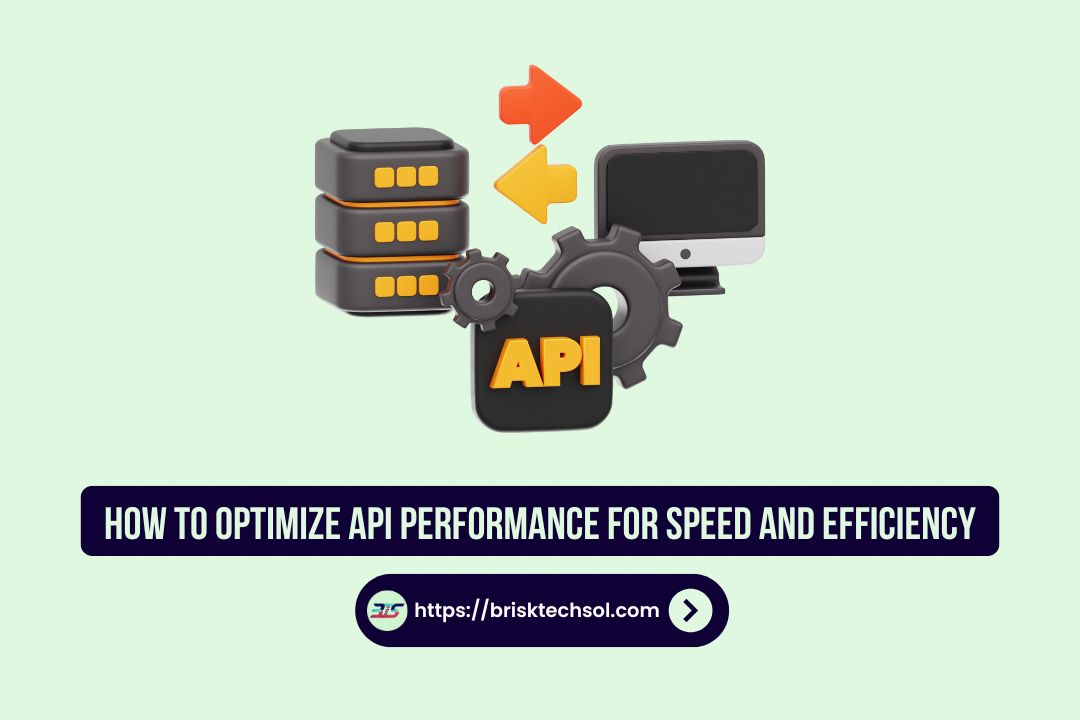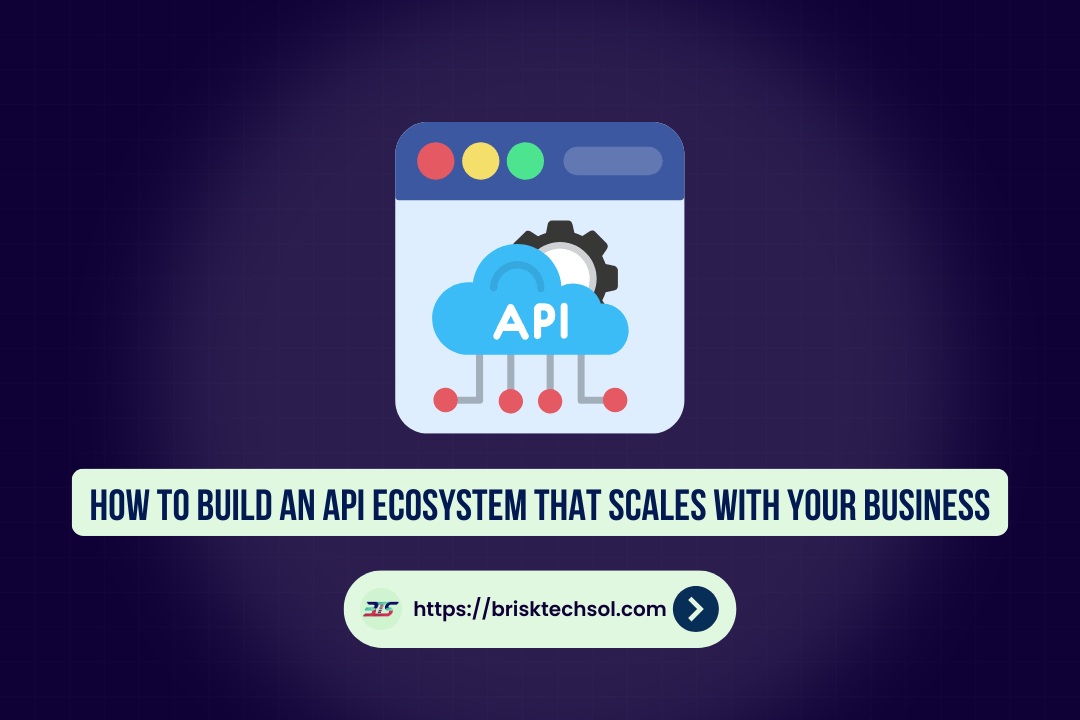Over the past few years, gaming has changed a lot. It used to be simple pixelated adventures, but now there are complex virtual worlds that blur the lines between real life and digital experiences. As we move through 2025, new ideas are still coming out at a fast rate. This year is a very important one for the gaming industry because breakthrough technologies are finally ready to live up to their long-term promises.
1. Designing games and making content with AI
Artificial intelligence is no longer just a trendy word; it is now a basic tool that is changing how games are made and played. In the year 2025, AI is the most important part of making many types of games.
Step-by-Step World-Building
AI is making procedural generation possible, which makes game worlds bigger and more detailed. Even though procedural techniques were pretty simple in the past, AI today can make environments that look and feel like they were made by hand. Cities and planets have their own styles of architecture and ecosystems, and non-player characters (NPCs) have their own habits and pasts. All of these things are now dynamically generated in games.
NPCs and Companions
Real-time adaptive dialogue systems and emotional AI are making non-player characters look and act a lot like real people. These days, NPCs remember the things you do with them, form opinions about you, and react in a way that is unique to you based on your history with them. Companion characters change how they act to fit the way you play, giving you strategic advice or emotional support when it’s needed.
Automation Of QA
Behind the scenes, machine learning tools are changing the way games are made by finding bugs, exploits, and balance problems automatically. These computers play games over and over again, thousands of times, to find bugs that human testers might miss. Dynamic difficulty adjustment has also gotten smarter, changing challenges in subtle ways based on how each player does to keep the game in the best flow state challenging enough to keep you interested but not too hard that it gets frustrating.
2. Cloud Gaming
Cloud gaming has finally grown past its early problems to offer experiences that are as good and responsive as those on local hardware.
Edge Computing
Putting in place edge computing infrastructure has greatly reduced input lag, which was the biggest problem with using the cloud for gaming. Regional micro-data centers bring processing power closer to players, which cuts down on the distance that data has to travel. When combined with predictive streaming algorithms that guess what players will do next, cloud platforms now offer response times that are almost identical to those of local hardware for most games.
Play on Any Platform
Now you can play anywhere on any device, making your dream come true. Now, players can start a game on their TV in the living room, keep going on their phone while they’re on the bus, and finish it on their laptop at work during their lunch break. All three devices will have the same graphics quality and saved progress. People who didn’t have dedicated gaming hardware or the time to sit down for traditional gaming sessions can now enjoy games because they are more flexible.
Subscription Bundles
Big publishers have started to use “all-you-can-play” subscription models, which let you play a huge number of games for a monthly fee. These services have changed over time into tiers that offer streaming, downloadable content, and special benefits. Players love hybrid models that combine ownership and subscription.
3. Mobile Games
With the widespread use of 5G networks, smartphones have become powerful gaming platforms that can now match the performance of high-end consoles and PCs.
AAA‑level Experiences
Mobile games aren’t known for having simple graphics and gameplay anymore. Thanks to better hardware and real-time streaming technology, phones can now provide high-quality visual experiences that are on par with those of dedicated gaming systems. Pocket-sized devices can now run games with complex open worlds, photorealistic graphics, and advanced physics simulations without any problems.
Live Multiplayer
With 5G’s reliable connectivity and low latency, location-based gaming has become truly seamless. AR scavenger hunts turn whole cities into game boards where people can work together or compete in real life. Games keep stable connections even when you move. Handovers between cell towers happen smoothly, so you can play without interruptions even on trains or buses.
Social Features
Instant invite systems let friends join games that are already going without having to use annoying lobby systems. Mobile gaming has become naturally social. Voice and video chat in games with low lag have made mobile platforms usable for competitive team play, and cross-platform features let friends play together no matter what device they prefer.
4. VR/AR Experiences
Virtual and augmented reality technologies have come a long way, fixing many of the problems that kept people from using them more.
New Gen Wireless Headsets
Headsets that used to be bulky and wired have been replaced by lighter, wireless models that are much more comfortable for long play sessions. Better battery technology lets you play for hours without being connected to the internet, and built-in eye-tracking lets you focus processing power on the thing you’re looking at directly, which boosts performance while keeping the quality of the image.
Mixed Reality
It’s getting harder to tell the difference between virtual and real play areas. Real-world furniture and buildings can be used in games thanks to advanced spatial mapping. This creates hybrid experiences that mix digital elements with real-world surroundings. Because of this progress, VR/AR is now more accessible to casual gamers who were turned off by the idea of being completely alone with their senses.
Full-Body Feedback
Immersion is more than just seeing and hearing things; it also includes advanced tactile feedback. Wearable tech and gloves make it feel like you’re really touching things, and treadmills and motion platforms make it feel like you’re really moving through virtual worlds. These improvements fix the problem where you could see movement in VR but feel like you were still, which makes presence better and reduces motion sickness by a lot.
5. Cross Platform and Cross Play
Walled gardens that used to separate gaming platforms are mostly gone, making the gaming ecosystem more unified.
Friend Matchmaking
Now, social connections can happen across platforms. Players on PlayStation, Xbox, PC, and Switch can connect with each other through a single friends list. This makes it easier to find and play with friends, no matter what hardware they prefer. Platform-agnostic matchmaking systems now pair players based only on skill level, not device choice. This makes it possible for a lot more people to play multiplayer games.
Cross Platform and Esports
Professional competitive gaming has embraced hardware diversity. In big tournaments, players compete on a variety of platforms at the same time. Standardizing inputs and balancing for each platform make sure that competition is fair, and sharing tools for spectators makes sure that fans always have a good time watching. This acceptance has given eSports even more legitimacy and made them more appealing to people who don’t usually play video games.
6. Rise of Social Games and Metaverse
Games are no longer just for fun; they’re now social platforms and virtual meeting places.
Virtual Worlds
Persistent online worlds have become digital third spaces where players keep in touch with each other. Live events like concerts, product launches, and educational seminars happen here all the time. There are thriving virtual economies on some metaverse platforms where players can buy, build, and sell digital real estate that has real-world value.
Customizing Avatar
Using digital avatars to express yourself has become more important than ever. Wearables and cosmetics backed by NFTs let players own one-of-a-kind digital items that can be used in a number of games and platforms that are compatible. These interchangeable avatars are like digital identities that stay the same as the player moves from one virtual world to another.
7. Blockchain Models
Blockchain technology has useful uses in gaming that go beyond just speculation. It has created new ways to own things and new business opportunities.
NFTs
Non-fungible tokens have grown up and become useful tools for making sure that the right person owns digital game assets. Now, players can really own the things, characters, and creations they make in games, and they can prove that they are rare and real. Digital items can be freely traded between players in different games thanks to cross-game marketplaces. Some rare items gain a lot of value over time.
Economies
Many parts of game economies and growth are now controlled by player-run guilds and decentralized autonomous organizations (DAOs). These structures are run by the community and let people vote on everything from changes to the game’s balance to plans for new content. Token rewards are given to players who make games better by creating content, moderating the community, or playing competitively.
Challenges and Rules
There have been some problems with putting blockchain into games. Concerns about the environment over energy use have led to the adoption of more efficient ways to reach agreements. At the same time, laws are changing to protect consumers while encouraging new ideas. Big publishers have worked with government officials to come up with responsible ways to handle digital ownership and “play-to-earn” mechanics.
8. Advanced Immersion
The way people play video games in 2025 uses more senses than ever before, making the experience more immersive.
3D and Spatial audio
Audio technology has come a long way, and now there are head-related transfer functions that make it possible to place sounds exactly where you want them. Players can pinpoint exactly where sounds are in three-dimensional space, which gives them more information and makes the game more immersive. Adaptive soundscapes change based on what’s happening in the game and where the player is looking. They do this by highlighting important sounds and gradually fading out less important ones.
Bio Sensing and Neurofeedback
New, cutting-edge games have brain-computer interfaces that change how the game is played based on how the player is feeling. These systems can tell how focused, excited, or stressed a person is and change parts of the game to match. Heart-rate monitors and galvanic skin response sensors give games more biometric information that they use to change the pace and tension of the game, making each player’s emotional journey unique.
9. Accessibility and Gaming for Everyone
The gaming industry has come a long way in making sure that everyone can play and enjoy games, even if they have physical or sensory differences.
AI Features
Advanced accessibility features that change based on each person’s needs are now possible thanks to artificial intelligence. Real-time captioning automatically turns in-game dialogue into text, and deaf players can use sign-language avatars to understand what’s being said. Auto-aim, color-blind modes, and contextual input remapping are just some of the customizable help features that make sure that people with disabilities can still enjoy their favorite games.
Hardware and Controllers
To make products that work for people with a range of physical abilities, hardware makers have started using modular design. Players can make setups that work best for them using controllers that can be customized with different button layouts, sensitivity settings, and different ways to input data. Some people can’t use traditional controllers, but eye-tracking and voice control give them other ways to interact.
10. Eco Friendly Video Games
Being eco-friendly has become important in every part of the gaming industry, from making hardware to setting up servers.
Hardware Recyclable
Hardware companies have started using environmentally friendly design principles to make parts that are easy to replace. This cuts down on electronic waste. When players need to make changes, they can replace just a few modules instead of whole systems. Certified take-back programs make sure that old hardware is recycled or fixed up in the right way, which keeps dangerous materials out of landfills.
Eco Friendly
The environment has become a big part of game stories, with games about protecting the environment, taking action on climate change, and building sustainable futures. These games bring attention to environmental problems and show how to solve them in a good way. Environmental non-governmental organizations (NGOs) and game publishers have teamed up to work together on conservation and climate issues in the real world.
Conclusion
The gaming world of 2025 is an exciting place where new technologies, social connections, and caring for the environment all come together. The ten trends listed above aren’t happening separately; they’re all part of a bigger change in how we make, share, and enjoy interactive entertainment. As AI keeps improving both development and gameplay, cloud infrastructure makes it easier for more people to get to games, and immersive technologies use more of our senses, the definition of “gaming” keeps growing. Adding blockchain technology, cross-platform play, and metaverse elements is making the ecosystem more connected.









